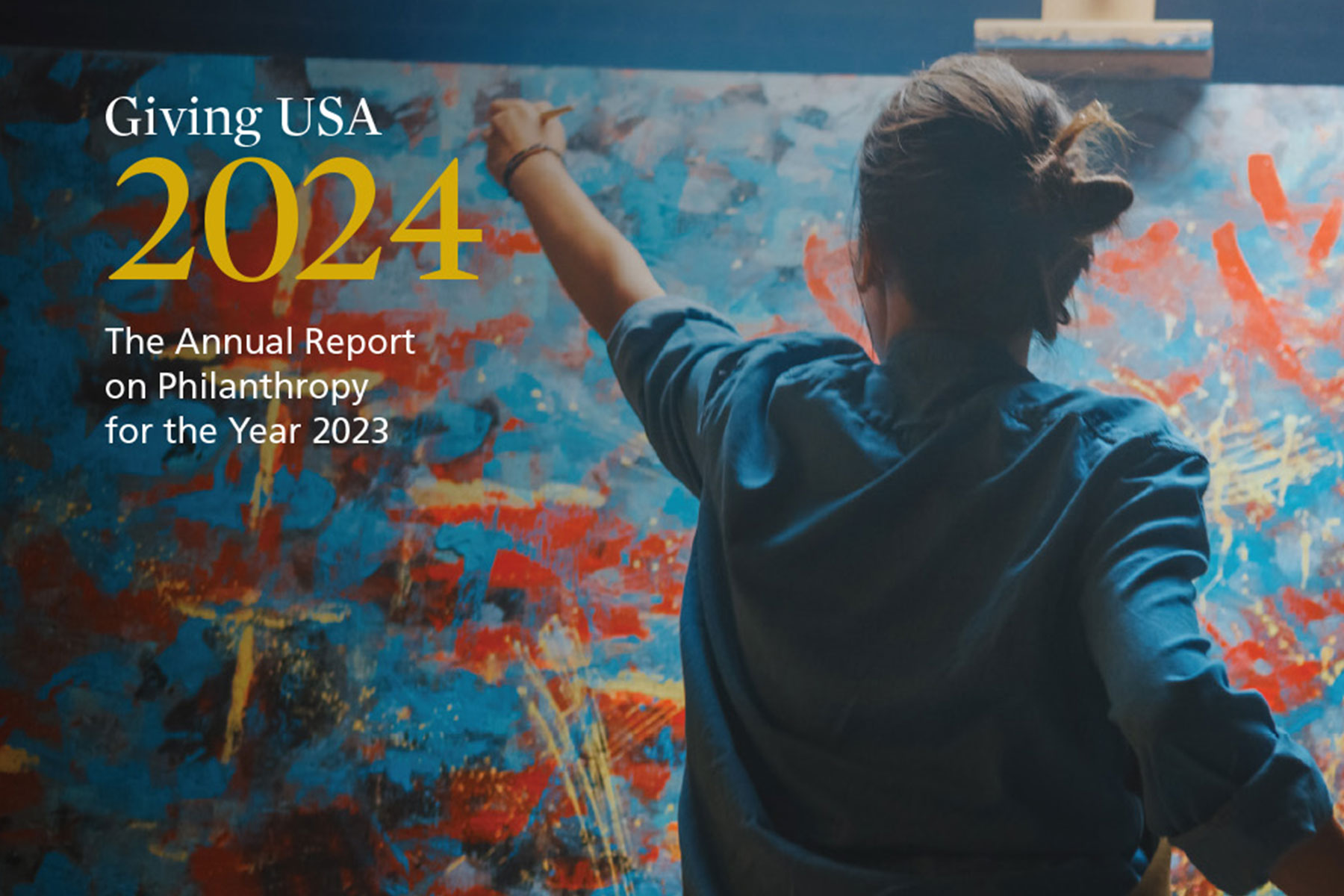The 2017 Major Gifts Fundraising Benchmark Study was recently completed and released. For the study, over 600 nonprofit organizations in a variety of sectors from the U.S. and Canada were polled in early 2017. This study was sponsored by the Association of Philanthropic Counsel, funded by MarketSmart with data services provided by Melissa S. Brown & Associates, LLC.
The goal of the research was to assist organizations in seeing what prospect identification processes other nonprofits use, compare their effectiveness, and explore related insights. The following is an overview of five major points from the research:
1. The Median of Nonprofits surveyed consider $5,000 to $9,999 a Major Gift
Charitable organizations can vary dramatically in their definition of a “major gift.” This is based upon their operating budget and financial needs related to the type of service(s) they provide. The recent research found that the median: half of the respondents reported that a major gift starts in this range or higher for their organization and half reported that it starts in this range or below most nonprofits—around 19% of all organizations surveyed—would consider any donation from $5,000 to $9,999 a major gift. Of course, nonprofits with larger operating budgets stated higher amounts as their definition of a major gift.
2. The 80/20 Rule Applies
Regardless of the amount stated, major gifts tend to come from just 20 percent or less of the typical nonprofit’s donation base. However, these donations make up around 80 percent of an organization’s income per year.
3. 40% of All Nonprofits Use a Consistent Process for Identifying Prospects
Around 4 out of 10 nonprofits have a set process for finding new donors. An overwhelming 90% relied on staff contacts to garner new donations. Other methods used included using past donor lists, research, referrals, wealth screening, tracking, information from other nonprofits, making a donor profile, and using surveys.
4. Blending Technology and the Human Touch
The most effective methods of finding new prospects made the most of both technology-driven resources and human-generated intelligence. In this way, a hybrid model to fundraising was the most successful.
5. Top Challenges Related to Resources
Over half of all respondents (54%) said that their main challenge was not enough personnel or time available to pursue new leads. Around 47% cited problems with board member involvement in fundraising, and 41% had trouble matching donor interests.
The majority of the 600 nonprofits surveyed for this study were in the educational field. Around 31% were in the health and human services areas, 11% in the arts and humanities, 8% related to animals or the environment.




